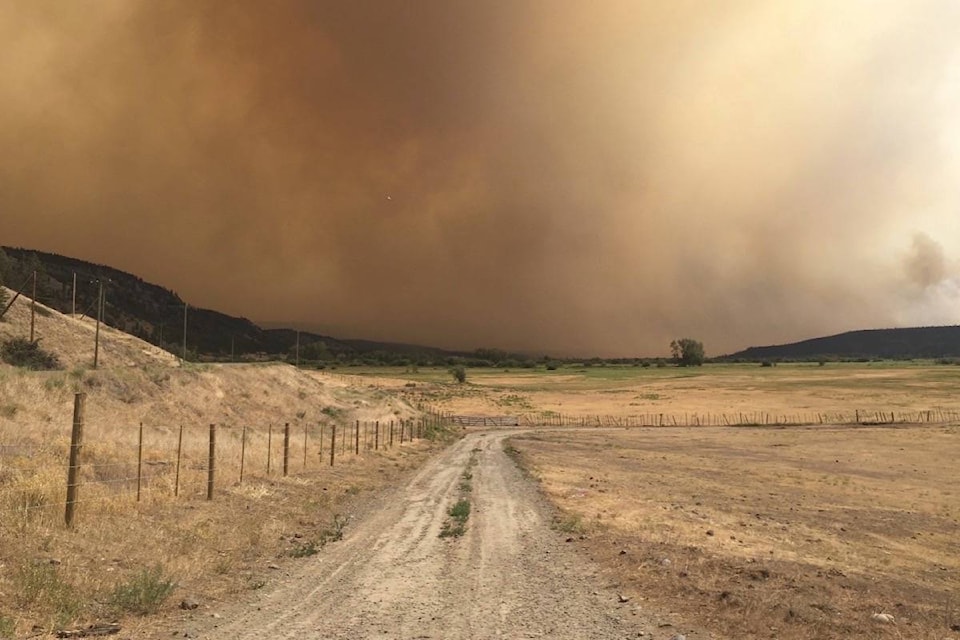In response to the extreme fire situation, the Nature Conservancy of Canada (NCC) is suspending public recreational access to all its lands in the province, including two in the Fernie area.
The organization announced the precautionary measure on July 18 to minimize the chance of human-caused wildfires, said Lesley Marian Neilson, the organization’s engagement manager.
“We hope this is a short term suspension of access,” she said. “But we’ll have to wait and see what happens with the situation on the ground.”
The NCC has closed the Ancient Cottonwood Interpretive Trail, which winds through a grove of the world’s oldest-known black cottonwood trees.
It has also closed access to trails on Mount Broadwood.
However, no other trails or parks in the Elk Valley are affected by closures.
The NCC owns and manages numerous publicly accessible conservation areas across the province. Under normal conditions, the organization encourages and welcomes low-impact recreation use of its sites.
But in the face of the current fire situation across the province, including high and extreme fire ratings for most of the areas where NCC’s lands are located, the organization is taking the proactive step of prohibiting recreational access on its lands.
All NCC properties are closed to the public until further notice. The organization is asking the public to please respect these closures and refrain from visiting its conservation areas until the situation improves and the sites are reopened.
“Where we can we’ll be putting up signs to let people know,” said Neilson. “But mostly we’ll be asking the public to respect this decision that we’ve taken.”
By taking steps to minimize the risk of human-caused fires on its conservation lands, the NCC aims to contribute to the ongoing efforts to control and contain the province’s wildfire situation.
Since 1962, the NCC and its partners have helped to protect 2.8 million acres (1.1 million hectares) coast to coast. More than one quarter of these acres are in B.C.
